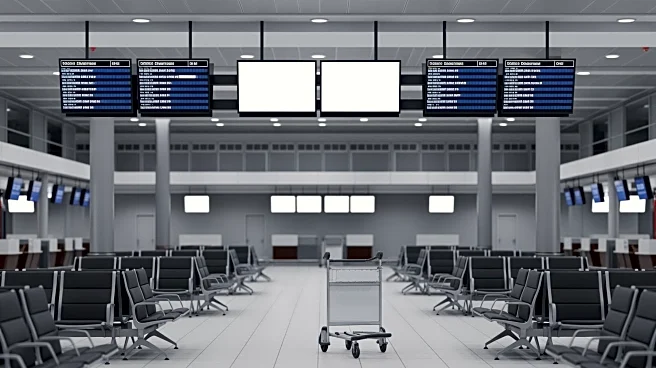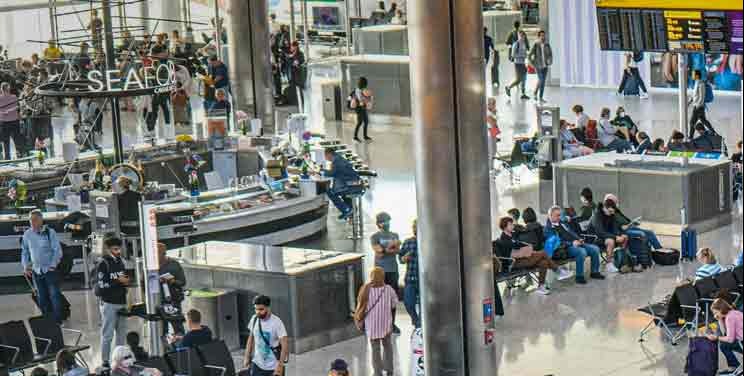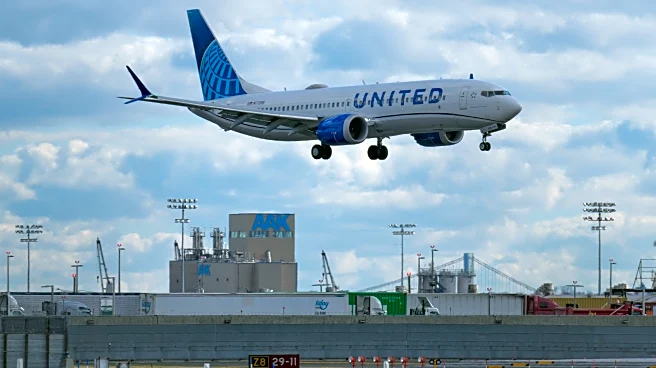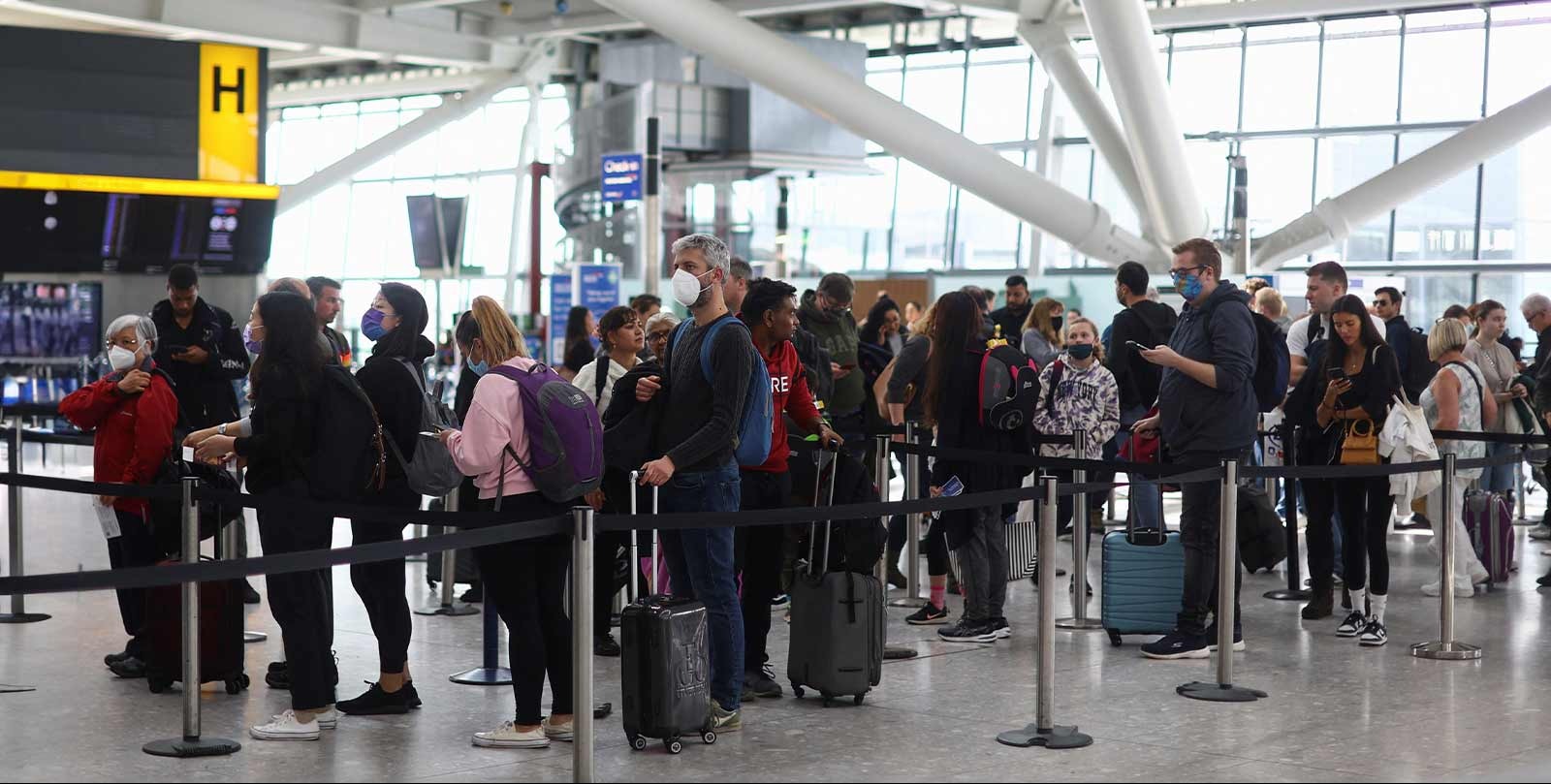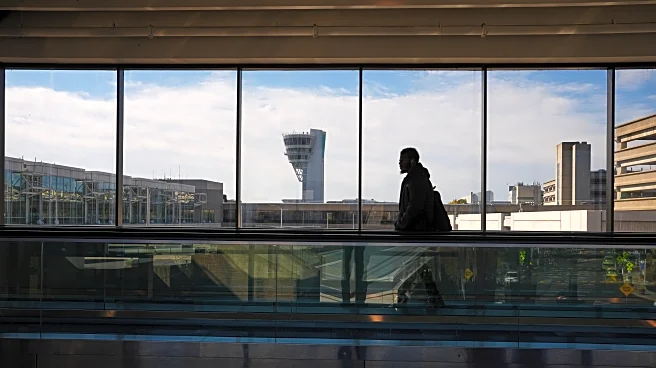What's Happening?
The Trump administration has released a list of 40 airports across the United States that will experience flight reductions due to staff shortages caused by the ongoing government shutdown. Airlines have
already begun cutting flights and are expected to reach a 10% reduction by November 14. The affected airports include major hubs such as John F. Kennedy International Airport in New York, Los Angeles International Airport, and Chicago O'Hare International Airport, as well as mid-size airports that handle cargo and private jet flights. The list spans across various regions, including the Northeast, South, Midwest, and the West Coast, impacting both passenger and cargo operations.
Why It's Important?
The flight reductions at these major airports could have significant implications for the U.S. travel industry, potentially leading to increased travel times, delays, and disruptions for passengers. The reduction in flights may also affect cargo operations, impacting businesses that rely on timely deliveries. The government shutdown, which has led to these staff shortages, highlights the broader economic and operational challenges faced by the aviation industry during periods of political instability. Stakeholders such as airlines, passengers, and businesses that depend on air travel and cargo services stand to be affected by these developments.
What's Next?
Airlines are expected to continue adjusting their schedules to accommodate the reduced staffing levels, which may lead to further changes in flight availability and schedules. Passengers are advised to check with their airlines for the latest updates on flight statuses. The ongoing government shutdown remains a critical factor, and its resolution could influence the duration and extent of these flight reductions. Stakeholders, including airline companies and airport authorities, may seek to engage with government officials to address the staffing shortages and mitigate the impact on air travel.
